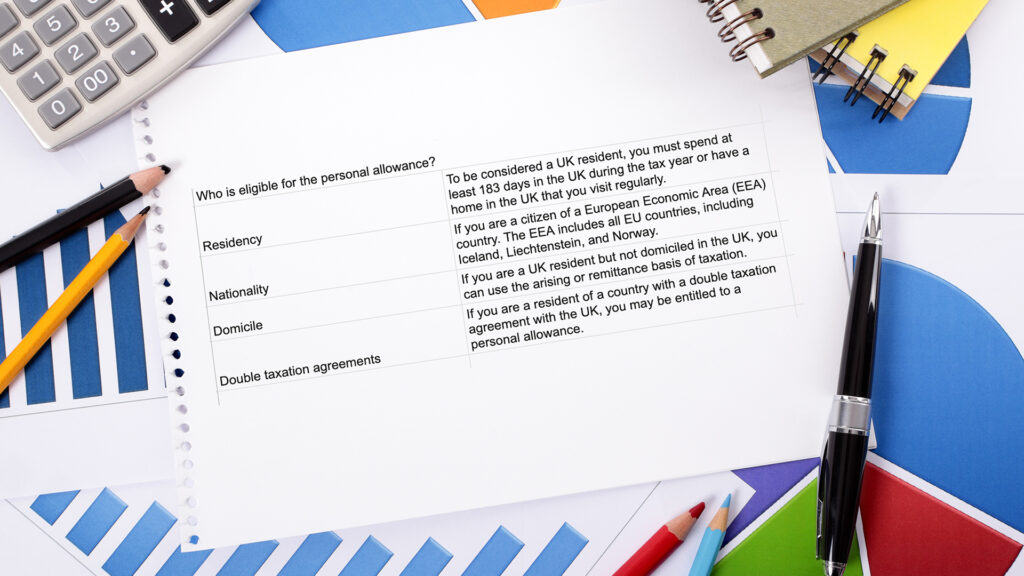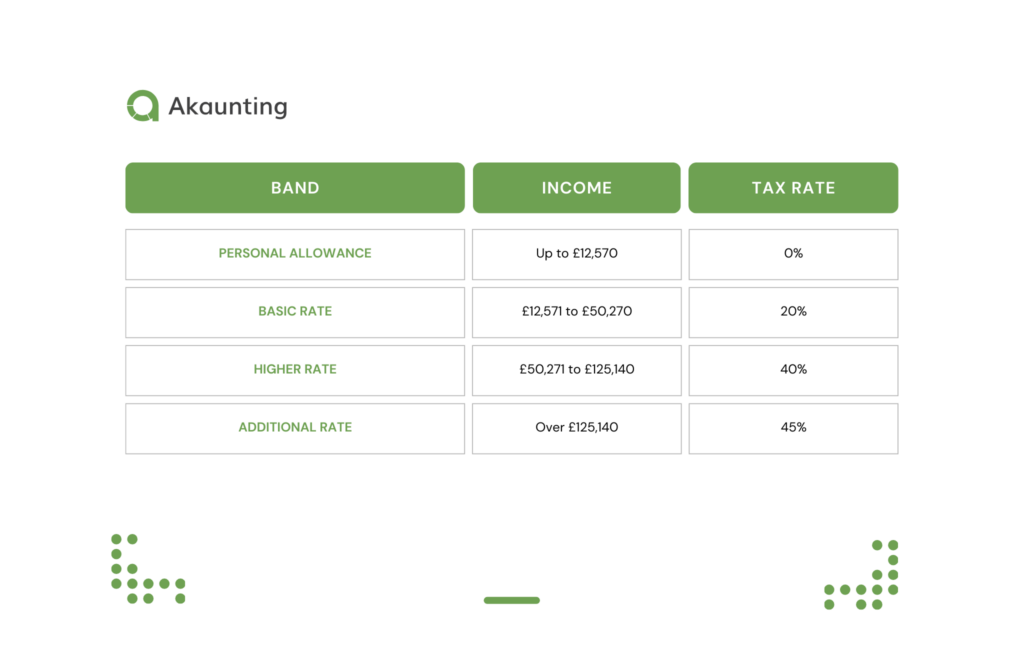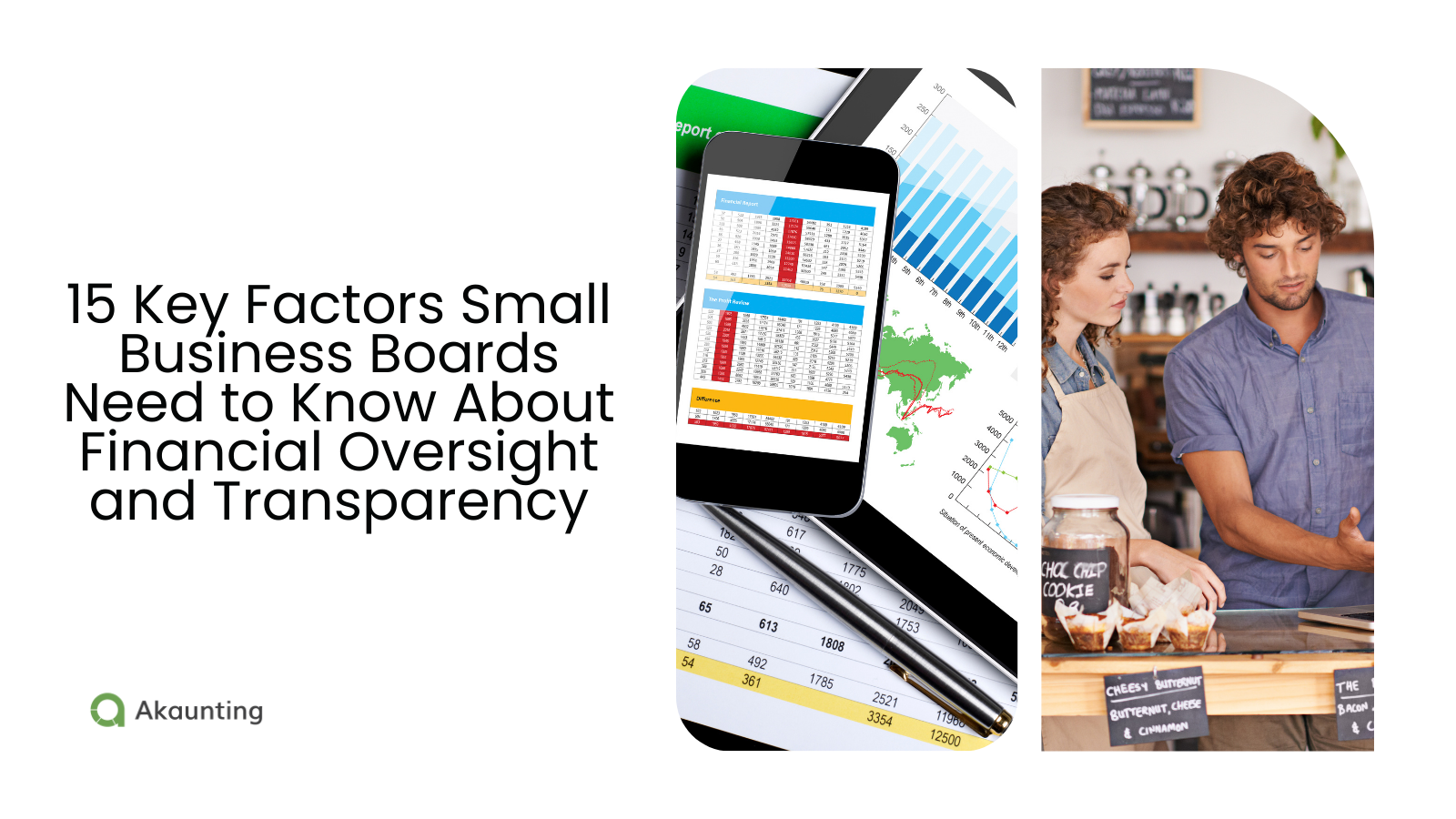Personal Tax Allowance 2024/25: Am I Entitled?
Reading Time: 8 minutesPersonal Tax Allowance is the government’s way of saying: “Go ahead, make some money. We won’t bite…yet.”
Dreading the word “tax” doesn’t make it disappear, as it’s a constant that stays around, much like the reliable clock ticking or the ever-present force of gravity.
Taxes may not be fun, but a better understanding of them and how they work can help you save some money.
In this blog post, we’ll talk about:
- Personal Tax Allowance (PTA)
- Who is eligible for the personal allowance?
- UK Income Tax rates 2024/25
- Maximizing tax-free allowances
What is Personal Tax Allowance?
Imagine your income as a pie, where you enjoy a slice without sharing it with anyone else. The Personal Tax Allowance is like the slice of pie you eat tax-free. It’s the government saying, “Here’s a portion of your pie; enjoy it without worrying about us taking a bite!”
A personal tax allowance is the amount you can earn each year without paying income tax. It is one of the most critical factors that affect your tax bill.
For the tax year 2024/25, the personal allowance is £12,570. You do not have to pay any income tax if your income is below this threshold.
Keynote: The personal tax threshold on income has been frozen since April 2022 and will remain the same until April 2028.
A frozen personal tax threshold means that if your income increases, you’ll have to pay more taxes based on the income tax brackets you fall into.
Who is eligible for the personal allowance?
Not everyone is entitled to a personal allowance. Eligibility depends on factors such as residency, nationality, domicile, and double taxation agreements.

Residency
As a UK resident, you may be entitled to a personal allowance. However, you must spend at least 183 days in the UK during the tax year or have a home in the UK that you visit regularly.
However, there are some exceptions to this rule. For example, if you are a non-domiciled UK resident who claims the remittance basis, you may not be entitled to the full personal allowance.
Non-domiciled residents are those born outside the UK and do not intend to make the UK their permanent home. If you are a non-domiciled resident and choose to claim the remittance basis, you will only pay tax on income brought into the UK.
Keynote: For non-UK residents, claiming the personal allowance is at the end of each tax year. You can send Form R43 to HM Revenue and Customs (HMRC).
Domicile
Your domicile is the country where you have your permanent home or where you intend to return to in the future. It differs from your residency, as you can reside in one country but be domiciled in another. Domicile affects your tax situation, especially if you have foreign income or assets.
If you are a UK resident but not domiciled in the UK, you have a choice of whether to use the arising basis of taxation or the remittance basis of taxation. Arising basis means you will pay UK tax on all your worldwide income and gains. A remittance basis means you will pay tax only on your UK income and gains and on your foreign income and gains that you bring to the UK.
Keynote: The arising basis taxes your worldwide income as it arises, while the remittance basis taxes your foreign income only if you bring it to the UK. The arising basis is the default method for UK residents who are also UK-domiciled. It gives you some tax-free allowances but may also cause double taxation. The remittance basis is an option for UK residents who are not UK-domiciled. It avoids double taxation but may also cost you some tax-free allowances and a remittance basis charge.
Starting April 6, 2025, the remittance-based taxation regime will be replaced by a new tax regime based on residence. This means that the previous rules will no longer apply, including the annual charge of £30,000 or £60,000.
Instead, the new regime will provide 100% relief on foreign income and gains for new arrivals to the UK in their first four years of tax residence, provided they have not been UK tax residents in any of the ten consecutive years before their arrival.
If you’re considered domiciled in the UK due to meeting either Condition A or Condition B, you won’t be eligible for the remittance basis of taxation. Instead, you’ll be taxed on the arising basis.
- – Condition A: Applies if you were born in the UK with a UK domicile of origin and are a UK resident in the tax year.
- – Condition B: Applies if you’ve been a UK resident for at least 15 of the past 20 tax years.
These conditions ensure that individuals with strong ties to the UK are taxed on their worldwide income and gains.
Nationality
You are also entitled to a personal allowance if you are a citizen of a European Economic Area (EEA) country. The EEA is all EU countries, including Iceland, Liechtenstein, and Norway.
The EEA is an agreement that allows the free movement of goods, services, people, and capital within the participating countries. This means that if you are a citizen of an EEA country, you have the right to live, work, study, or retire in any other EEA country without needing a visa or a work permit. You can also access the same social and tax benefits as the host country’s citizens.
Double Taxation Agreements
These agreements are meant to prevent double taxation of income and determine which country has the right to tax certain types of income, such as pensions, dividends, or royalties.
If you are a resident of a country with a double taxation agreement with the UK, you may be entitled to a personal allowance, depending on the terms of the agreement. Check out the list of countries with double taxation agreements with the UK on the HMRC website.
In addition to the personal allowance, there are some other allowances that you may qualify for, such as:
- – Blind person’s allowance: For the 2024/25 tax year, the Blind Person’s Allowance has increased to £3,070 from £2,520 in 2023/24. This extra allowance is claimable for anyone registered as blind or sight impaired. If not fully used, this allowance can still be transferred to a spouse or civil partner.
- – Marriage allowance: This enables the transfer of a 10% personal allowance to a spouse or civil partner, provided they earn less and aren’t a higher or additional rate taxpayer. For the 2025 tax year, you can transfer up to £1,260.
UK Income Tax Rates 2024/25
The personal allowance works with the income tax rates and brackets to determine how much tax you pay on your income. Below are the income tax rates and brackets for 2024/25:

You do not pay tax if your income is within the personal allowance. If your income exceeds the personal allowance, you pay tax at the rate that applies to each band.
For example, if your income is £40,000, you pay:
- No tax on the first £12,570
- 20% tax on the next £27,430 (40,000 – 12,570 x 20% = £5,486)
- Your income tax is £5,486 (excluding national insurance).
Another example for someone who earns £80,000
Personal Allowance:£12,570 (not subject to tax)
Basic Rate Tax: (£50,270 – £12,570) * 20% = £37,700 * 20% = £7,540
Higher Rate Tax: (£80,000 – £50,270) *40% = £29,730 40% = £11,892
Income Tax
Basic Rate Tax + Higher Rate Tax
£7,540 + £11,892 = £19,432
Your income tax estimate is £19,432. That amount excludes your National Insurance contribution, which you calculate separately and depends on employment status and earnings.
Also, you may be eligible for other tax deductions or allowances, such as pension contributions, charitable donations, or childcare costs.
To learn about monthly and daily income tax breakdowns, check out the HRMC estimate tax calculator.
Maximizing Tax-free allowances
There are numerous tax-free allowances that individuals can benefit from. These allowances can help significantly reduce your tax liability or even increase your tax refund.
Some of these allowances are automatic, meaning you don’t have to take action to use them.
By understanding the different types of tax-free allowances available to you, you can ensure that you are making the most of your tax situation.
General tax-free allowance
| Tax-free allowance | Amount | Do you need to apply for it? |
| The Personal Allowance | £12,570 | No |
| The Marriage Allowance | £1,260 | Yes |
| Blind Person’s Allowance | £2,520 | Yes |
Self-employment allowance
| Allowance | Amount | Do you need to apply for it? |
| The Trading Allowance | £1,000 | No – if you don’t earn more.Yes – if you don’t claim other expenses. |
| The Home Office Allowance | Between £10 – £26 per month | Only if you prefer it to claiming rent |
| The Mileage Allowance | Between 24p to 45p per mile | Only if you prefer it to claim fuel, etc. |
Property allowances
| Tax-free allowance | Amount | Do you need to claim it? |
| Property Income Allowance | £1,000 | Only if you don’t earn more or don’t claim expenses |
| Rent-a-Room Scheme (You can earn up to £7,500 a year tax-free from renting out a part of your home as long as you live there.) | £7,500 | If you meet the criteria. |
| Private Residence Relief | You don’t pay Capital Gains Tax when selling your home | If you did not reside in it throughout the entire period. |
The personal savings allowance allows you to earn up to £1,000 in interest from savings accounts without paying tax on it if you are a basic rate taxpayer or up to £500 if you are a higher rate taxpayer.
The dividend allowance allows you to earn up to £2,000 in dividends from shares without paying tax on it.
Capital Gains Allowance
Capital Gains Tax (CGT) is the tax on profits when selling certain assets, such as property, stocks, or shares.
However, you can make a profit tax-free each year, known as the CGT allowance.
It’s worth noting that this allowance resets every tax year so you can benefit from it repeatedly. You only have to pay CGT on the profits above this tax-free amount.
The Capital Gains Tax (CGT) allowance has been further reduced to £3,000 from £6,000 in 2023/24 for the 2025 tax year.
This means that if you sell an asset and make a profit, only the first £3,000 of your gains will be tax-exempt. Any gains above this amount will be subject to CGT.
Check out: How Much is VAT in the UK?
Individual Savings Accounts (ISAs)
With an Individual Savings Account (ISA), you do not have to pay any tax on the interest, dividends, or capital gains you earn from your ISA.
However, there is a limit on how much you can save or invest in ISAs each tax year. The ISA allowance remains at £20,000 for the 2025 tax year.
This means you can save or invest up to £20,000 in ISAs, and any income or interest earned through an ISA is free from income tax.
You can use your ISA allowance in one type of ISA or split it across different types, such as cash ISAs, stocks, shares, innovative finance, or lifetime.
Pension Contributions
Pension contributions qualify you for tax-free allowance. This means you can get tax relief on the amount you put into your pension up to a specific limit.
The tax relief is based on your marginal rate of income tax, which is the highest rate of tax you pay.
For example, you get 20% tax relief on your pension contributions if you are a basic-rate taxpayer. If you are a higher-rate taxpayer, you get 40% tax relief; if you are an additional taxpayer, you get 45% tax relief.
The annual allowance limits how much you can contribute to your pension and receive tax relief. For the 2024/25 tax year, the annual allowance has increased to £60,000, or 100% of your earnings, whichever is lower.
This change allows for higher contributions to your pension while still receiving tax relief.
Charity Donations
Donating to charity can reduce your taxable income by the amount of your donations.
There are different ways to donate to charity and get tax relief, such as:
- – Gift Aid: This allows the charity to claim an extra 25p for every £1 donated if you are a UK taxpayer. You can also claim the difference between the essential and marginal tax rates if you are a higher or additional rate taxpayer.
- – Payroll Giving: You can donate directly from your wages or pension before deducting tax. This means you only pay tax on the amount left after your donation.
- – Donating land, property, or shares: You can donate these assets to charity without paying Capital Gains Tax. You can also claim Income Tax relief on the value of your donation.
- – Leaving gifts to charity in your Will: You can donate part or all of your real estate to charity after you die without paying any Inheritance Tax.
You can find more information on the GOV.UK website.
Wrapping up…
The personal allowance is not a one-size-fits-all concept but depends on various factors.
It is essential to keep up to date with the latest tax rules and guidance from HMRC. Also, check your tax code regularly to claim any tax reliefs or refunds you are eligible for.
If unsure about your tax situation, you can use the online tools and calculators HMRC provides or seek professional advice.




